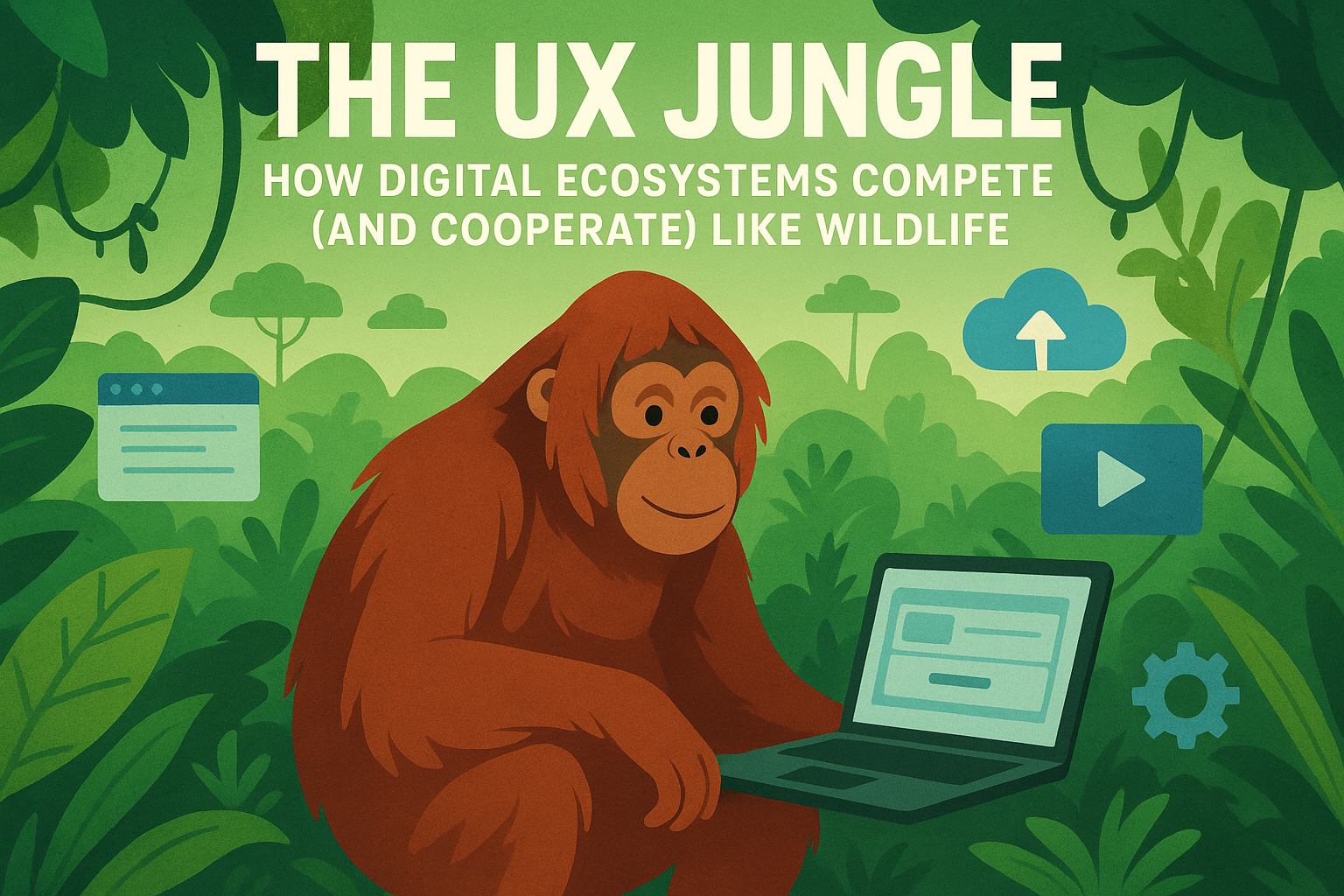The internet is a vast and thriving jungle. Every website, app, and platform is like a living organism, constantly competing for attention, resources, and survival—yet also forming surprising partnerships. Understanding this “digital ecology” can help you design experiences that not only survive but thrive in the competitive online environment.
1. Survival of the Fastest
In the wild, speed often determines who eats and who gets eaten. Online, it’s the same. Slow-loading pages are like slow-moving prey—they don’t last long. Platforms that deliver content instantly attract and retain users, while laggards risk extinction in the scroll-hungry world.
2. The Predator-Prey Relationship
Some digital platforms act like predators—tracking trends, targeting audiences, and capturing market share. Others are prey, constantly adapting to avoid being overtaken. UX designers need to spot which role their product plays and design strategies accordingly, whether that means striking quickly or building better defenses.
3. Symbiotic Partnerships
Not all wildlife relationships are about competition. In nature, some species thrive together—like bees and flowers. Similarly, apps and websites often collaborate:
-
Integrating third-party payment systems
-
Using social media for traffic
-
Partnering with complementary services
This cooperation can strengthen both parties’ positions in the ecosystem.
4. Territorial Markers
Animals mark their territory to signal ownership. Brands do the same with consistent colors, typography, and voice. These design “territorial markers” tell users they’re in a familiar, safe place—and help ward off competitors by building loyalty.
5. Adapt or Go Extinct
Ecosystems change, and species that fail to adapt vanish. In the UX jungle, outdated design, poor accessibility, or ignoring user feedback can spell disaster. Continuous iteration is key to survival.
Conclusion
Just like in the wild, digital ecosystems are shaped by competition and cooperation. By studying these patterns, UX designers can build experiences that not only attract users but also form lasting connections—turning survival into long-term dominance.


